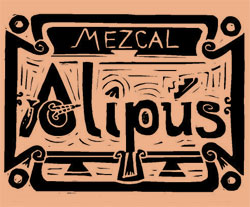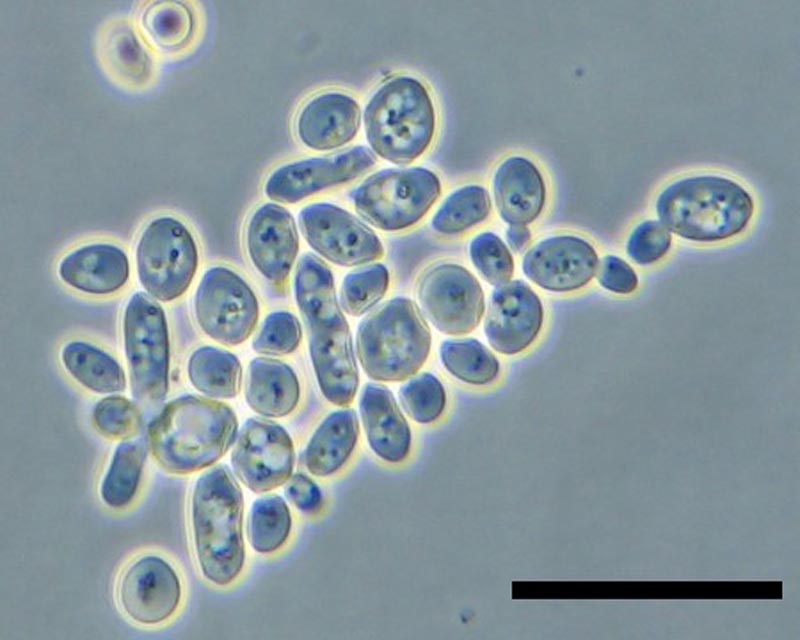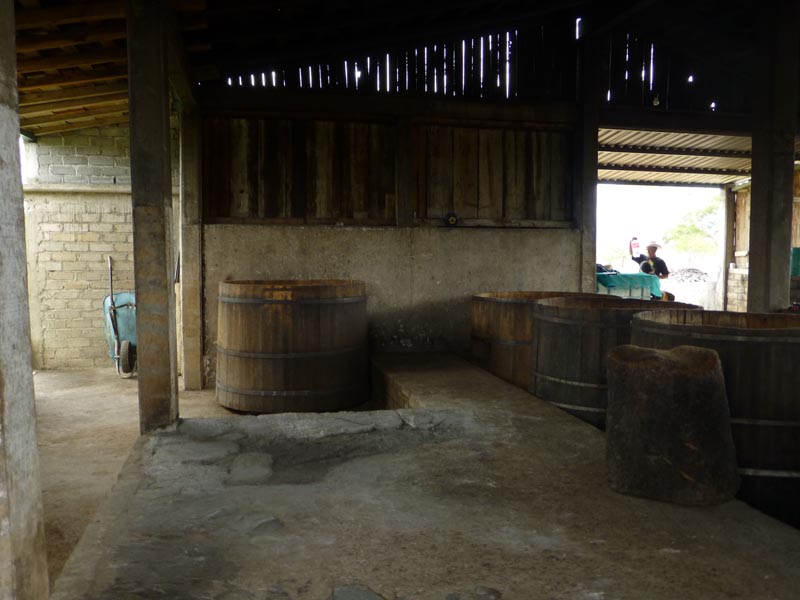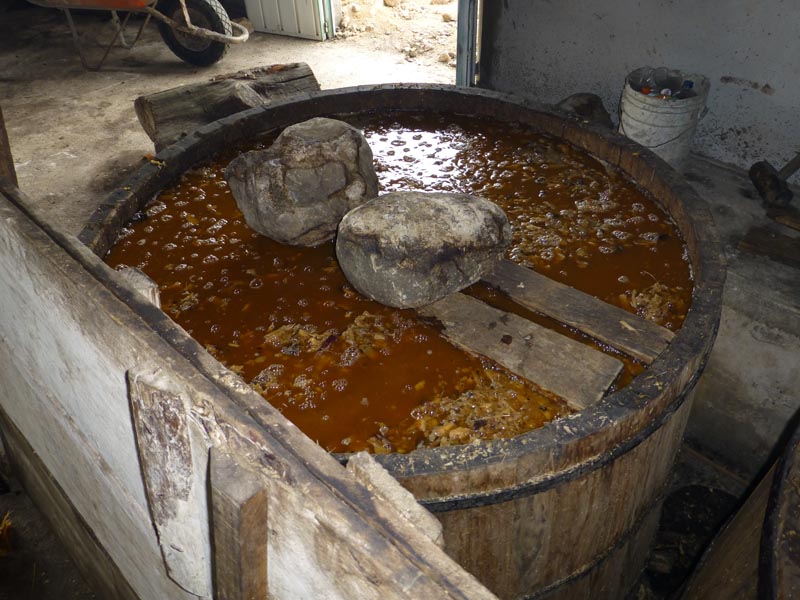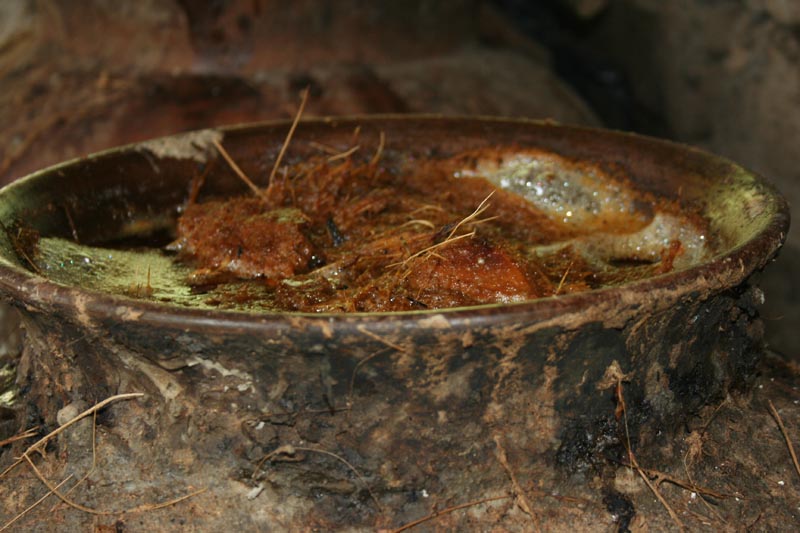Mezcal Process:
Fermentation is magic: tiny single-cell organisms called yeast (classified as fungi), reproduce like crazy and eat the carbohydrates and sugars in the mosto (the liquid and fibers from crushed roast agaves)… and a byproduct is alcohol. This is how beer (and thus whiskies), wine, rum, vodka (imagine fermented potatoes, or even fermented sugar beets) are all made
Fermentation takes place in vertical wooden vats called tinas. They can be made of various woods: oak, cypress, pine, which slightly influence the flavor of the mezcal.
The crushed agaves, both fibers and juices, are moved to the tinas, the fluids in buckets, the fibers by pitchfork and wheelbarrow. Tequilas producers filter out the fibers, which is why good artisanal mezcal is richer and more complex. The rocks help keep the fermentation from bubbling up.
Good fermentation looks rich. It takes days, up to a couple of weeks if the weather is cold.
It helps the fermentation if you stir the mosto
Photos by Katherine Lewis, Linda Newton, and a tourist
